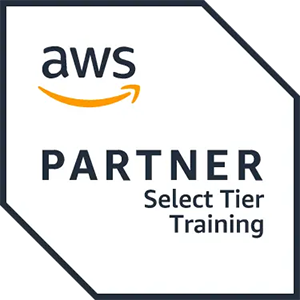The Forcepoint CASB Administrator course is designed for people who will manage deployed CASB systems on a day-today basis, performing standard administrative tasks, for example, user administration; managing which cloud accesses CASB brokers; running reports; and using reports to assess risk.
The course also teaches administrators how to perform high-level troubleshooting. Instructors deliver this class via a virtual (online) instructor-led training format (VILT) with dialog with students; hands-on walk-throughs to build administrative competencies, and lab scenarios for students to independently demonstrate competencies.

 United Kingdom
United Kingdom Germany
Germany Denmark
Denmark Sweden
Sweden Italy
Italy Netherlands
Netherlands Norway
Norway 
















 Kesto
Kesto  Toimitus
Toimitus  Hinta
Hinta